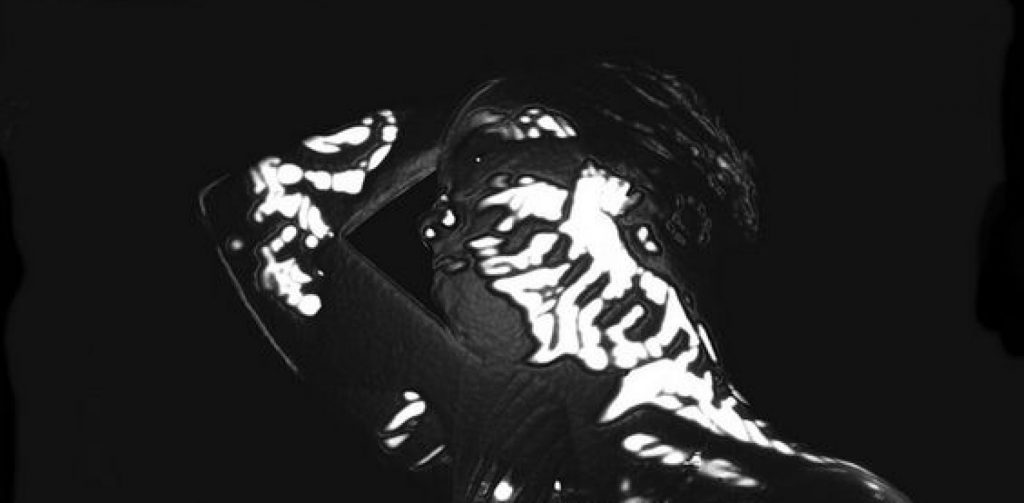As I mentioned in my previous post, I wanted to create a scene of a producer and the computer struggling and fighting over a breakbeat. I felt that this would be an interesting way of representing my overarching theme in my research, my essay and ultimately this entire unit. I am usually more calculated and methodical with my practical work, developing and refining it over time, however for this composition my creative spark was more of a burst that was sustained over a two day period. I feel that this is because I have done so much research and have such a clear mind in terms of what I’m writing about, so the composition as a result was quite vivid in my head.
I started by importing the stems that I had recorded of my friend playing the drums, and I cut out the best bits, focusing the tempo on around 160bpm. I then compressed the samples quite heavily, bringing out the interesting tonality and timbres that the recordings had. At the same time I made sure not to over do the compression as I was aware that with further processing the sound could lose its character.


I began to structure a sketch of how I wanted the piece to develop. My intention was to have the piece start like a rehearsal with the drummer warming up, which was aimed at highlighting the human element of the composition. Immediately after the short intro I processed a kick sample I cut out from the recording and distorted it, as well as layering a reverb and delay send that I bounced out to separate tracks as audio to enhance the texture of the sound.

From there, I chopped up and reversed a snare fill to lead in to the whole drum break releasing and driving the track forward; the break then begins to morph into a more abstract and unpredictable rhythm, diverging from the initial linear direction it was previously going in. I used Pitch Hack, Valhalla’s Frequency Modulator and Space Modulator, and panning to transform the breakbeat, eventually disrupting it altogether in an overwhelming frequency sweep. The rates, frequencies and dry/wet knobs on the plugins were mostly automated live, which I just recorded in. The breakbeat then comes back in but with adjustments to the frequency and rates of the pitch hack and frequency modulation, making the sound more submerged and less definitive. I felt this approach resulted in a convincing sonic image of a human (recognisable) sound and a computer (abstract) sound blending into each other.

The video link below highlights the development and modulations of the sounds in a clearer way:
https://drive.google.com/file/d/1EyFyp7AgCc0LrZ5vCijC2uU8Gn61RZli/view?usp=sharing
I put the break through Ableton’s granulator II VST, modulating the grain size, spray and file position live on my MIDI controller. This retained the human element of the sound of the drums but added a spectral, ghostlike presence of the sounds floating through the stereo field, as if they are being sucked in by the computer. The track then hits a crescendo, culminating in distorted remnants of the breakbeat taking centre stage. I processed these samples on the plugin Izotope Trash, manually altering the waveshape of the distortion and adding noise presets, filters and drive to render the breaks almost totally unrecognisable. At this point in the track, I was aiming for the sense of the computer completely consuming the break, hinting at the unapologetic force of technology. The track comes to a close with miniscule, distorted chops of the breaks slowly gaining momentum through a delay send.
